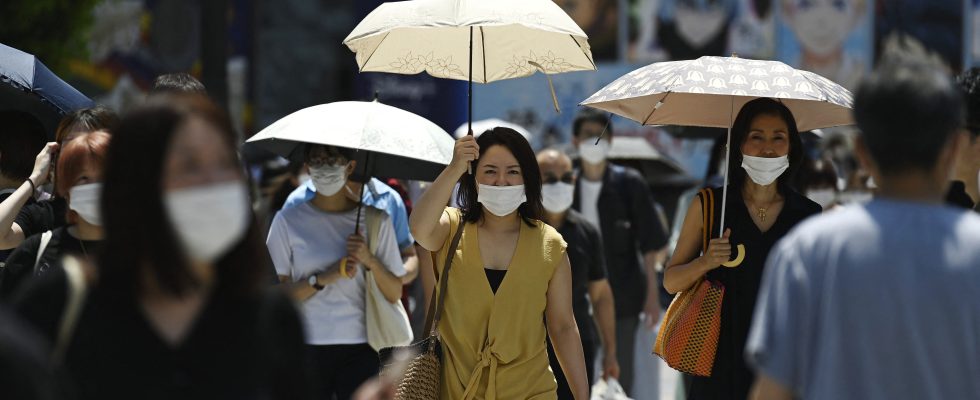It took two years to coordinate the 194 member countries of the World Health Organization (WHO) on the strategy to adopt in the event of a pandemic… This agreement, which must prepare the collective response in the event of a new health crisis similar to the Covid-19, which caused millions of deaths, will be binding if it is adopted. To be able to vote on the text at the World Health Assembly which should take place in May in Geneva, member countries must begin the last phase of negotiations this Monday, March 25, in order to conclude this text which is not yet finalized. .
This agreement was born from an observation: during the Covid-19 pandemic, serious shortcomings at the national and global level hindered a rapid and effective response. The International Health Regulations – which are currently being revised – have also shown their shortcomings. However, the head of the WHO, Tedros Adhanom Ghebreyesus, warned in 2018 about the degree of unpreparedness of the international community for a major health crisis. Today he wants to end the cycle of neglect before a new crisis.
Among the major errors committed collectively during the pandemic highlighted by the WHO: vaccine nationalism and selfishness, lack of protective equipment, exposed and exhausted health workers, and rich countries donating their stocks of almost expired serums to poor countries under the guise of solidarity… Countries therefore decided in December 2021 to make binding commitments to each other in terms of prevention, preparation and response to pandemics.
The goal of the treaty “is to prevent, prepare for, and respond to pandemics.” In practical terms, the text attempts to address the glaring inequalities that hinder access to vaccines, oxygen, protective equipment, tests and treatments. The construction site is immense. To do this, the text addresses surveillance, the resilience of the health system, health personnel, research and development, regional production, transfer of technology and know-how, access and sharing of benefits, supply chains, procurement and distribution, regulation, implementation and sustainable financing.
On the research front, it also aims to ensure the early, safe, transparent and rapid sharing of samples and data on the genetic sequences of pathogens with pandemic potential.
Disagreements between developed and developing countries
If “the key principles have been agreed, “it will not be easy to find common ground” in the time that remains, believes WHO legal director Steve Solomon. There are many outstanding points: how to better prevent pandemics, sharing of information, medicines and treatments, security, supply chains, global manufacturing capacities and sustainable financing.
Not to mention that there are numerous protests among developed countries. Chief US negotiator Pamela Hamamoto stresses that consensus on intellectual property waivers is illusory. The European Union believes that prevention and preparedness have been “considerably diluted” in the latest draft. Britain sees the latest version as a step backwards with “unworkable” technology transfer provisions. “There is, in our view, no credible plan before us to conclude these negotiations,” British Ambassador Simon Manley said. Switzerland, where the pharmaceutical industry is a pillar of the economy, is “not ready to accept the text in its current state”, while China wants the treaty to firmly oppose the “stigmatization” of affected countries.
Among developing countries, Bangladesh, representing a group of 31 members, believes that public health should come before commercial interests. For this group, guaranteeing access to means to fight the disease is not enough. Some 48 African countries, for their part, are demanding concrete results on a sustainable financing mechanism.
